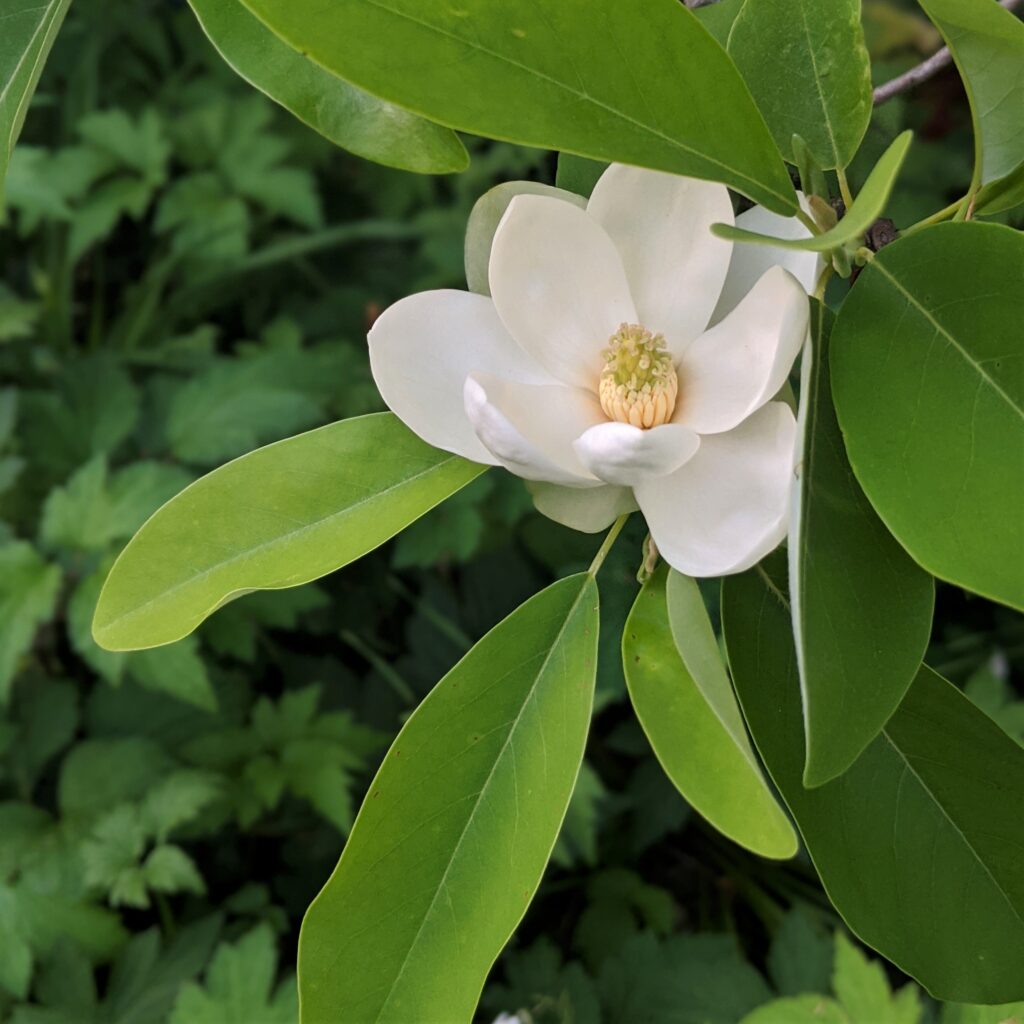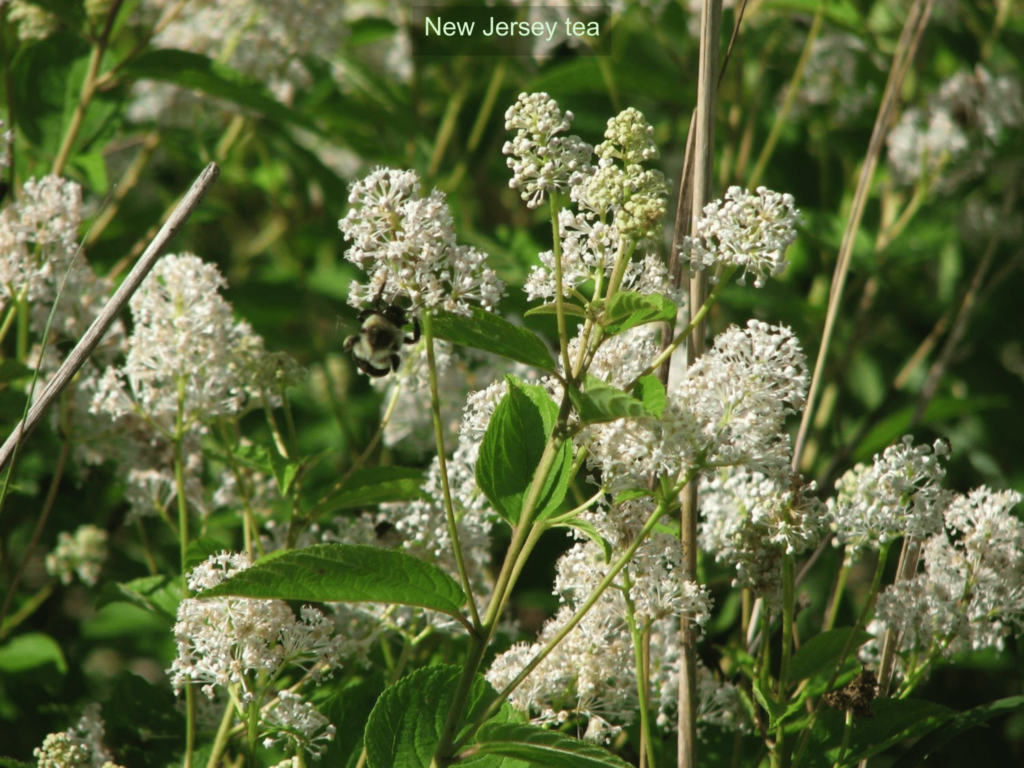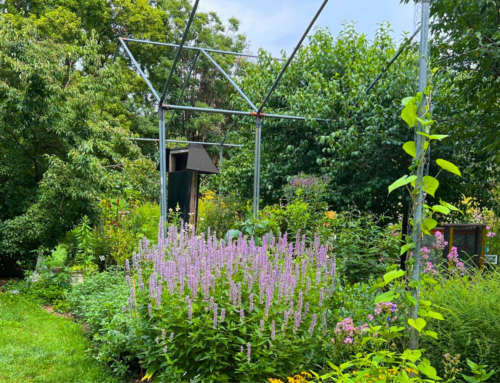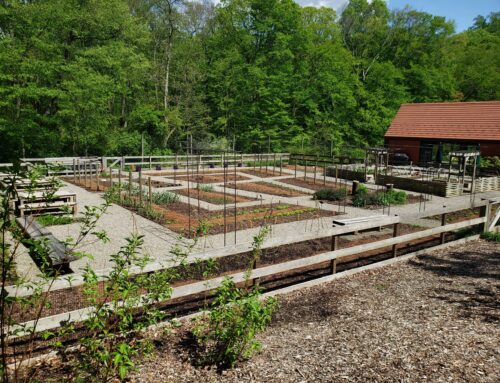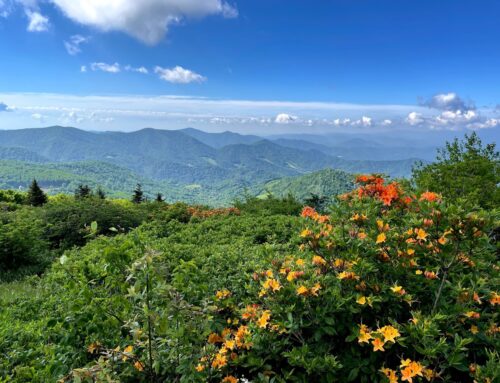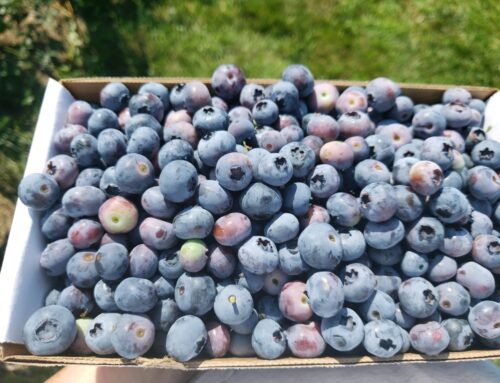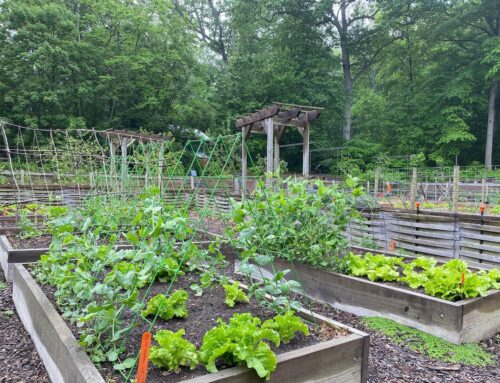Have you factored in Climate Change in the context of how your garden will thrive into the future as we experience higher temperature patterns and heavier rain occurrences? Did you know that according to forestadaptation.org, if you are in your thirties now, by the time your grandchildren are likely to own homes and plant trees, we will be in the same climate range as the Carolinas? Some of the trees we’ve always planted in our region can thrive and grow in those conditions – but many others cannot. Trees like oaks, beeches, and hickories are long-lived and will just be coming into their own at age 75. How will they adapt to a warmer, wetter climate? Are we adapting our plantings now so that they can survive years into the future?
Planting a climate-wise garden means looking to nature for clues as to what will survive well in our area, even as it starts to look more like Zone 8 (the Carolinas) than Zone 6 (Pennsylvania). For example, the versatile native tree, sweetbay magnolia (Magnolia virginiana), is a small tree that naturally occurs from the Atlantic Coastal Plains to the Gulf Coastal Plains in moist areas, as by streamsides or low spots. In the northern range, it tends to lose its leaves during the winter and is considered a large shrub. In the southern range, it becomes a lovely evergreen tree, sometimes multi-stemmed. At Tyler, several have been planted by the pond sometime in the late 1940s and into the early 1950s. One is designated xx, which means it existed at Tyler before plant records. This tree has the genetic potential of thriving in the future. Luckily, I planted one at home 15 years ago, and now it stands 20 feet tall and is full of white flowers in early summer, followed by clusters of seeds in August. The robins wait for the seeds to ripen and consume them noisily. It is one of the easiest trees to accommodate in any garden with six hours of sun, but sweetbay magnolia can even tolerate light shade. In the wild, it is naturally found with shrubs such as inkberry (Ilex glabra), pepperbush (Clethra alnifolia), and trees such as the sweetgum (Liquidambar styraciflua) and flowering dogwood (Cornus florida).
Another great plant to consider is New Jersey tea (Ceanothus americanus). Like the sweetbay magnolia, this plant has an extensive range. It is naturally occurring from Quebec to Florida and as far east as Nebraska and Texas. This vast native range tells us that it is highly adaptable. But unlike the magnolia, this plant thrives on dry sites, like on a slope or in a foundation planting. Preferring poor soils and full sun, the New Jersey tea’s white blooms appear in July and August, attracting many butterflies and larval hosts to spring and summer Azures. And unlike the magnolia, I was unsuccessful with this one. Why? I planted a few in moist, rich soil with fast-growing red twig dogwood. The dogwood quickly shaded the New Jersey tea before it could take hold. It also did not do well with the moist, rich soil. I know better now. Better to plant them with my prickly pear. Make sure to plant New Jersey tea in full sun and without competition. They like a good two to three years head start to establish their deep roots. They are an excellent addition to the meadow or slopes where erosion control is needed. As a bonus, this plant fixes nitrogen to the soil, a great value add for dry, rocky sites.
But what about our oaks? Many of the Northern species will die out in our area as the climate warms, so what should you do to make sure we’re still growing beautiful oaks here in Pennsylvania? The answer, of course, is to look south! Many people are not familiar with the willow oak (Quercus phellos). I came to know about it when I worked at Mt. Cuba Center, where a majestic pair grew happily. At Tyler, we have several, and some have records going back to 1947. They are located at the Barn Field and the Native Woodland Walk. They provide light shade during the summer months without deterring the growth of groundcovers and other shade-loving perennials. A cascade of fine yellow to bronze orange leaves rain down in the fall but aren’t heavy enough to smother the plants below. The fine branching form is a wonderful sight against the blue skies in the winter. I love the willow oak. Naturally found in all southeastern states, starting from eastern Texas towards the east coast, south to northern Florida and stopping northward at southern New Jersey, this tree is versatile and will thrive in warmer temperatures and higher moisture. Not the largest of the oaks, the willow oak can easily reach 40’ to 60’ in height and can get 30’ to 40’ wide. What is outstanding about this tree is the wildlife value. Like all oaks, this tree attracts and supports a myriad of insects and animals, from hairstreaks to woodpeckers and wild turkeys.
By now, you probably see my logic in selecting these particular plants. Choose plants with large ranges and a proven ability to flourish in many climates. Choose plants that can provide food for insects and animals during multiple life stages. These are three plants that we are featuring at this year’s plant sale. We hope that you can purchase one and take it home to grow into the future – when your grandchildren tell the story of you to their children.


